|
| *****SWAAG_ID***** | 387 |
| Date Entered | 06/12/2011 |
| Updated on | 19/05/2015 |
| Recorded by | Tim Laurie |
| Category | Tree Site Record |
| Record Type | Botanical HER |
| SWAAG Site Name | |
| Site Type | |
| Site Name | |
| Site Description | |
| Site Access | Army Range |
| Location | Gayles CP Waitegate Wood |
| Civil Parish | Gayles |
| Brit. National Grid | NZ 083 049 |
| Altitude | 330m-360m |
| Geology | Stream cut ravine through sandstones (The Twenty-seven Fathom Grit) on eastern bank of Waitegate Beck faulted against strata below the Underset Limestone on the western bank. Reference: British Geological survey:'Geology of the North Pennine Orefield'. Volume 2 Stainmore to Craven.Page 48 and Figure 8 Section 4. |
| Record Name | GAY100 Waitegate Wood. Upland oak-birch wood. |
| Record Description | GAY100
Gayles CP.
Waitegate Wood
NZ083049 Centre.
Army Range. Permission essential.
300m-340m AOD
Sandstones below Underset Limestone series faulted aginst the Underset Limestone on western and southern edges of wood.
Westerly aspect.
Waitegate Wood is the only surviving pure stand of (W11,W16,W17) upland oak-birch woodland in Swaledale. Birch and oak do grow elsewhere in Swaledale as a fringe of Oak-Birch woodland on base poor soils over chert strata above scars/cliffs formed by the Underset and Main Limestones. Native Oak does not grow west of Reeth except at How Edge Scars in Muker Parish.
The main area of Waitegate Wood occupies the steep eastern slope of Waitegate Gill. Here, acidic soils derived from the underlying sandstone supports oak-birch woodland with native pedunculate oak and sessile oak which may be planted following abandonment of the earlier pastures marked by the presence of three low stone orthostatic field banks which run down slope through the woodland. Areas of earlier pasture have been colonised by very old downy birch and rowan. The upper fringe of stunted oak trees may have survived the clearance to provide shelter. In all areas a varied field layer survives with greater woodrush, blaeberry, blue bell, wavy hair grass, male fern, broad buckler fern and hard fern dominant. Hazel, ash,wych elm and bird cherry are entirely absent from this woodland except on the slightly enriched soils close to Rake Beck and its small east bank tributary streams. Slight soil enrichment close to the stream supports fine old coppiced alders, occasional ash, hazel and sallow (S.cinerea), bird cherry, downy birch and rowan, birch, a single stunted pedunculate oak with a more varied field layer which includes Mountain or Lemon-scented fern.
The acidic oak-birch woodland on the eastern side of Waitegate Gill contrasts sharply with the (W8) hazel-rich limestone ashwood woodland on the calcareous morainic soils and talus of opposite western bank of Waitegate Gill derived from the overlying limestone of Kersey Green Scar.
The appearance of the oak trees at Waitegate differ, the first type of oak present is mossy, lichen covered, has many bosses and stunted. These are likely to be native trees. The second type of oak has a clean moss free trunk with no bosses or shoots. these trees may have been planted following the earlier clearance of the native trees for pasture. The oak birch woodland terminates abruptly at NZ084047 on the line of a fault which brings the sandstones into contact with more base rich strata marked by the appearance here of elder, bird cherry and hazel.
Downy birch, sessile oak, rowan.
Ash, wych elm, hazel, elder, etc (all are present downstream of the fault and on the western bank of Waitegate Beck.)
Although birch seedlings fringe the upper edge of the wood there is no regeneration of the sessile oak ot of the birch trees within the wood and all the rowans in the wood are old.
For further further discussion on the context of Waitegate Wood, see Laurie 2004. ‘Springs, Woods and Transhumance. Reconstructing a Pennine landscape during Later Prehistory’. In Landscapes, Vol 5, No 1. Spring 2004.73-102.
Site Image Description(s):
Waitegate Wood (LH Bank) with Kersey Green Scar (RH Bank and Distant) viewed from the north.
Waitegate Wood
Waitegate Wood
Stunted oak. Qu. robur. The only example of Qu robur
Mossy and with bossed trunk.
Stunted oak. Qu, robur. Detail of bossed trunk..
Stunted oak. Qu, robur. Detail
Stunted oak. Qu, robur. Detail
Stunted oak. Qu, robur. Detail
Stunted oak. Qu, robur. With bilberry, Vaccineum myrtrillus as epiphyte.
Stunted oak. Qu, robur. Detail
Sessile oak. Qu. petraea. Clean stemmed form.
Stunted oak. Qu. petraea. Detail
|
| Dimensions | See photos |
| Geographical area | Swaledale North Bank Catchment |
| Species | Pedunculate and Sessile Oak.with Downy birch. |
| Scientific Name | Qu. robur and Qu. petraea |
| Common / Notable Species | To follow |
| Tree and / or Stem Girth | |
| Tree: Position / Form / Status | |
| Tree Site ID | 0 |
| Associated Site SWAAG ID | 0 |
| Additional Notes | Vegetation not yet recorded. |
| Image 1 ID | 1600 Click image to enlarge |
| Image 1 Description | Waitegate Wood (LH Bank) with Kersey Green Scar (RH Bank and Distant) viewed from the north. | 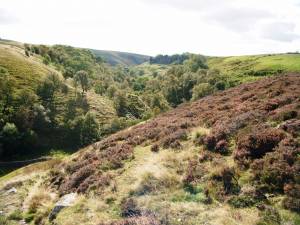 |
| Image 2 ID | 1601 Click image to enlarge |
| Image 2 Description | Waitegate Wood. | 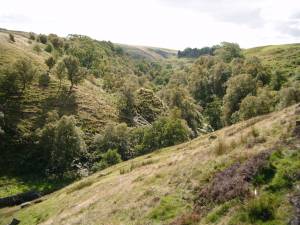 |
| Image 3 ID | 1602 Click image to enlarge |
| Image 3 Description | Waitegate Wood. | 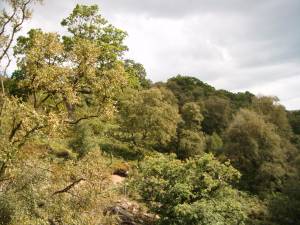 |
| Image 4 ID | 1603 Click image to enlarge |
| Image 4 Description | Stunted oak. Qu. robur. The only example of Qu robur | 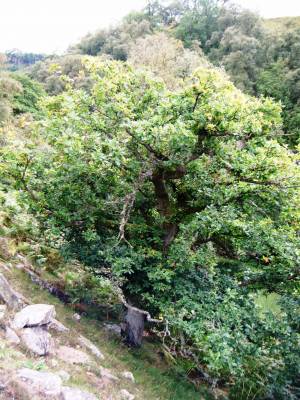 |
| Image 5 ID | 1604 Click image to enlarge |
| Image 5 Description | Mossy and with bossed trunk. | 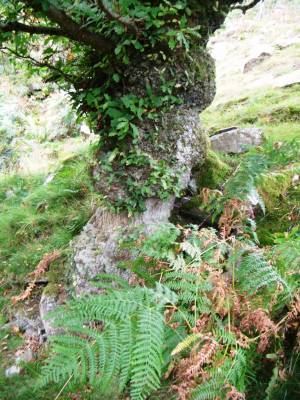 |
| Image 6 ID | 1605 Click image to enlarge |
| Image 6 Description | Stunted oak. Qu, robur. | 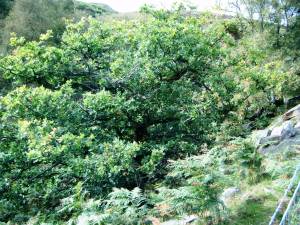 |
| Image 7 ID | 1606 Click image to enlarge |
| Image 7 Description | | 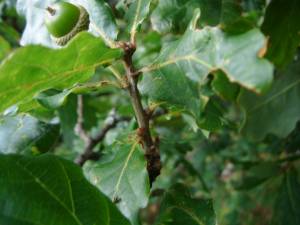 |
| Image 8 ID | 1607 Click image to enlarge |
| Image 8 Description | | 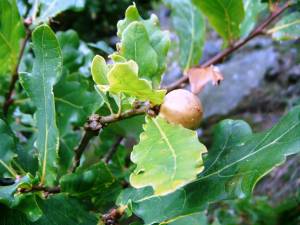 |
| Image 9 ID | 1608 Click image to enlarge |
| Image 9 Description | | 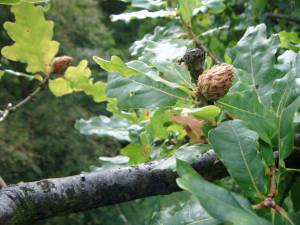 |
| Image 10 ID | 1609 Click image to enlarge |
| Image 10 Description | | 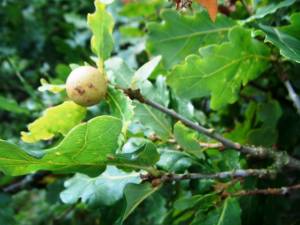 |









